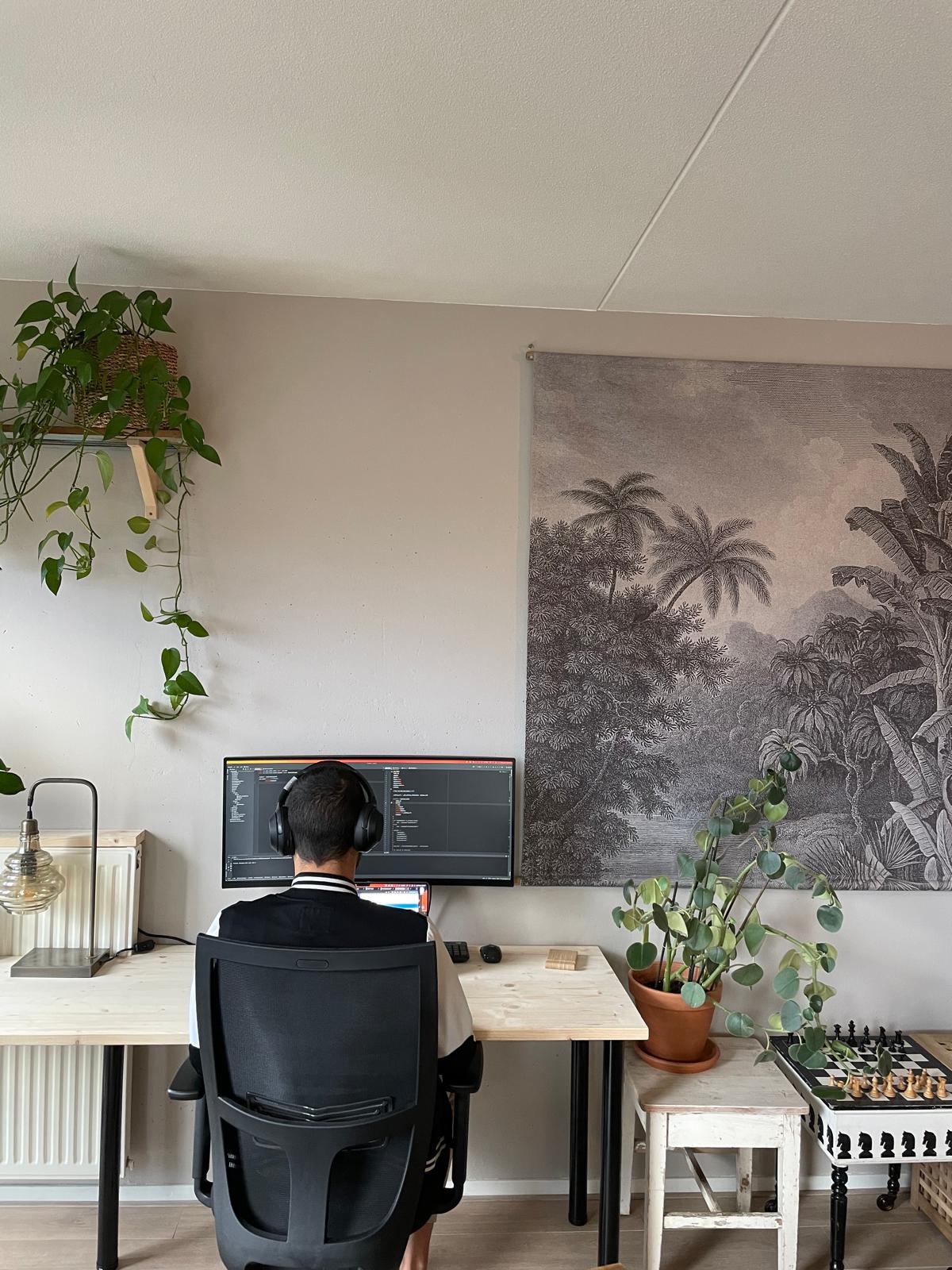The story of LanguageLeveler
How the mobile app came to be

How LanguageLeveler began
I grew up with an Italian dad, but I was too stubborn to learn the language when I was young. When I was a teenager, I started regretting that choice. I started my journey to reach fluency in the language and the first steps went fast. But at some point I got a bit stuck and didn't progress much for a couple years. I enjoyed reading in Italian and especially books I already had seen the movie of, so I'd already understand the context of the book. During a holiday trip I was reading a book in Italian. On my phone I had the English version of the same book I would glance from the book to my phone and back, to confirm that I'd understood the paragraph I was reading. While this worked, the constant switching back and forth, made it feel more like work, than actual learning and having fun.

Crafting the solution
When I got home after the holiday, I started looking for apps that could do this that were out there already.I couldn't find one, so as a Machine Learning Engineer, I decided to create it myself. I spend time researching what factors made a text easy or difficult for me and also for others. It turned out that there are a lot of factors that come into play. I started selecting a couple of these and tried to create a simplification of a text, to see if I could understand it after it was simplified. Reading the first draft, I suddenly could understand way more of it, but I still had no way to objectively prove that Version A was objectively simpler than Version B!
That’s where the CEFR framework came in. CEFR stands for Common European Framework of Reference for Languages. It's like a ruler for measuring how hard a book or text is to read in a certain language. I combined different CEFR features such as labeled words lists and other heuristics and metrics and then ranked every simplification.

Building the solution
To make this into a fully functioning app, I teamed up with one of my friends, who is a front end developer. Together we spent time on implementing the mobile app, trying to make the learning and reading as efficient as possible. As we got the first versions working for reading and simplifying text, we started implementing other features that help you get better at a language.
Since we believe learning works best within context, we added chapter-based vocabulary decks: you learn the exact words you’re about to see in the chapter, not just random words you won't use immediately. Tie those chapter-based words to a spaced-repetition scheduler, and you have everything you need to climb from intermediate reader to confident page-turner :).

The Goal
The goal of this app is to help people advance from intermediate level in a language, to a more advanced level. Learning a language is tough, and having people spend time learning the language, in a fun and interactive way, is something we hope to achieve with this app. We hope that readers try to focus on the original text, just like the author intended. If that is to difficult, one can use a simplification to understand it better. To motivate readers to read the original, the words you can learn are only the words that occur in the original text.
LanguageLeveler has also been featured on platforms such as Product Hunt and AlternativeTo and All Language Resources.